Introduction
The duration of pregnancy varies significantly among mammals, with some species requiring extended gestation periods to ensure the full development of their offspring. These long pregnancies are crucial for the survival of young animals, as they need to be strong and independent after birth. This article highlights ten mammals with the longest gestation periods, detailing the number of months they carry their young and the reasons for such extended pregnancies.

1. Elephant: 22 Months
Elephants hold the record for the longest pregnancy among all land mammals, with a gestation period of approximately 22 months. Both African and Asian elephants experience this extended development period to accommodate their large and intelligent offspring. Newborn elephants weigh around 220 to 250 pounds (100 to 113 kg) and must be well-developed to survive in their environment.
Why So Long?
- Elephants have highly complex brains, requiring prolonged fetal growth.
- Calves must be strong enough to walk and interact with the herd shortly after birth.
- Slow reproductive cycles mean that each birth is vital to the species’ survival.
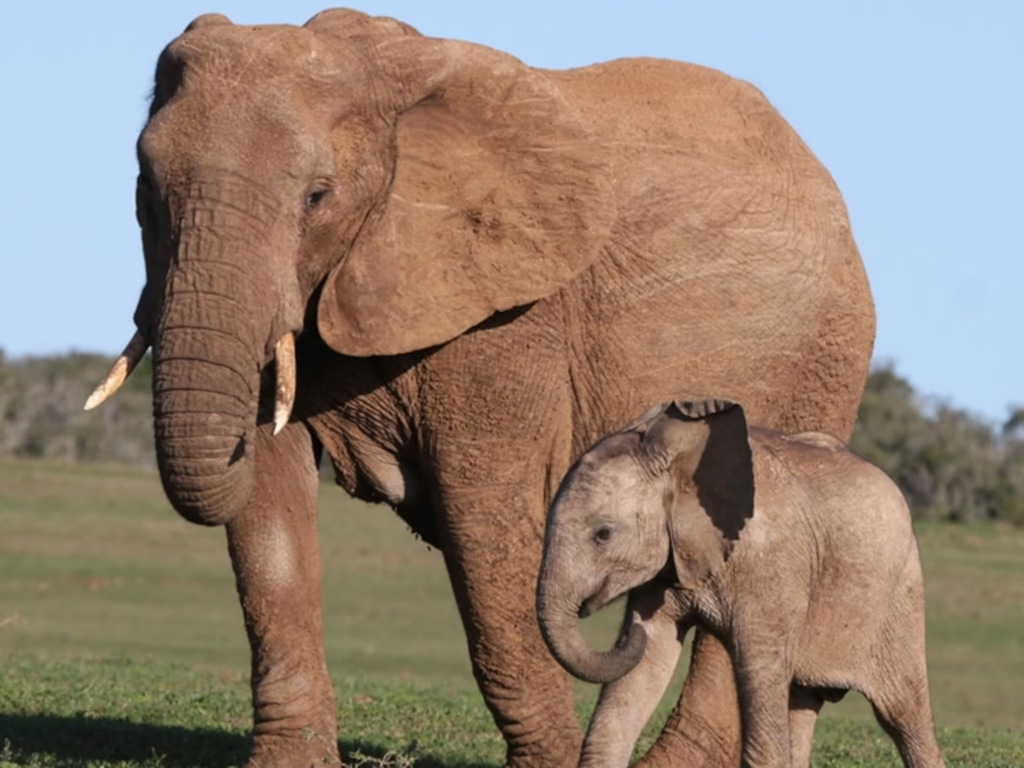
2. Rhinoceros: 15 to 16 Months
Rhinos, particularly black and white species, have a pregnancy duration of 15 to 16 months. Their large size and slow reproductive rates necessitate this extended gestation.
Why So Long?
- Rhino calves must be born strong enough to endure harsh environmental conditions.
- The large body size of rhinos requires prolonged fetal development.
- Conservation efforts rely on successful births, as many species are critically endangered.
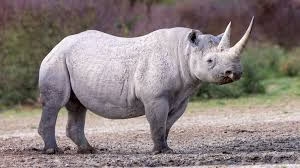
3. Sperm Whale: 14 to 16 Months
Sperm whales, one of the largest marine mammals, have a gestation period of 14 to 16 months. Calves are born measuring about 13 feet (4 meters) in length and weighing around 2,200 pounds (1,000 kg).
Why So Long?
- The long pregnancy ensures the newborns are large enough to survive oceanic life.
- Sperm whales have highly developed brains, requiring extended fetal development.
- These whales reproduce infrequently, making each birth crucial for population stability.

4. Giraffe: 14 to 15 Months
Giraffes, the tallest land mammals, experience a pregnancy duration of 14 to 15 months. Calves are born while the mother is standing and must quickly adapt to their surroundings.
Why So Long?
- Giraffe calves need to be well-developed at birth to escape predators.
- The prolonged gestation period allows for the growth of their long necks and legs.
- Immediate mobility is necessary for survival in the wild.
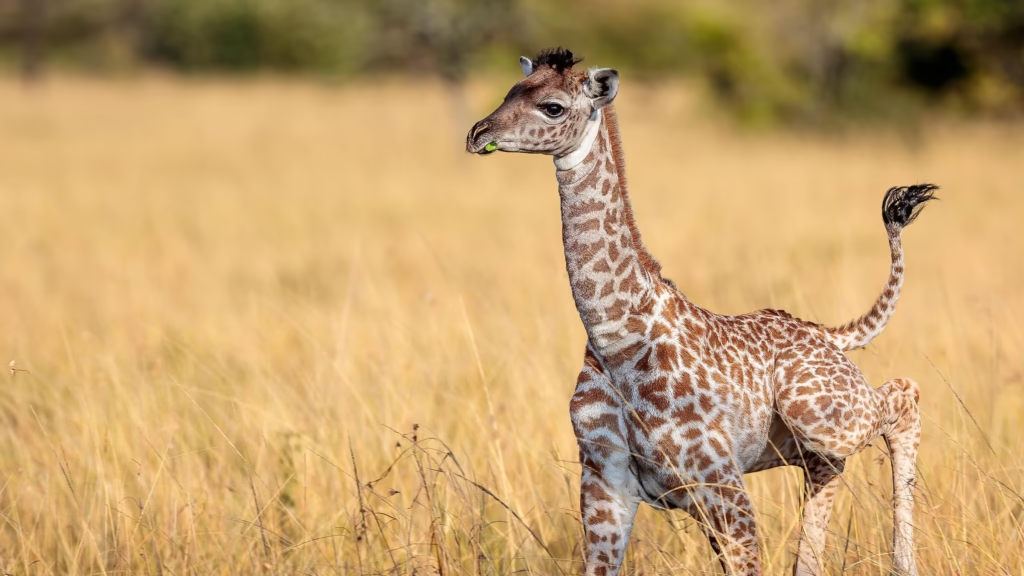
5. Camel: 13 to 14 Months
Camels, including dromedary and Bactrian species, carry their young for approximately 13 to 14 months. Their offspring are born resilient to harsh desert conditions.
Why So Long?
- Camels give birth during favorable environmental conditions for higher survival rates.
- Newborns must withstand extreme desert temperatures and scarce resources.
- Their fat reserves must be well-developed for energy storage.
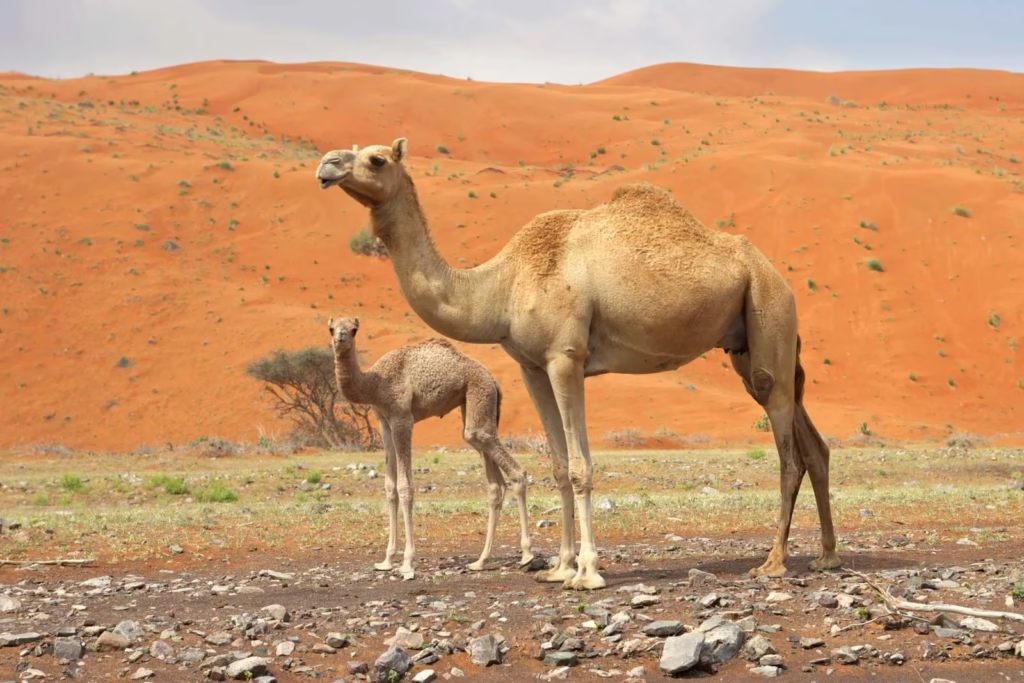
6. Walrus: 15 to 16 Months
Walruses have an extended pregnancy duration of 15 to 16 months, including a delayed implantation phase, which ensures optimal birth timing.
Why So Long?
- The harsh Arctic environment requires calves to be well-developed at birth.
- Delayed implantation allows for favorable seasonal conditions.
- Newborns must be strong swimmers to survive in icy waters.

7. Dolphin: 10 to 12 Months
Dolphins, particularly bottlenose dolphins, have a gestation period of 10 to 12 months. Their calves are born well-developed to survive oceanic conditions.
Why So Long?
- Marine life requires newborns to be mobile and capable swimmers immediately.
- Dolphin calves must develop communication and survival skills early.
- Strong maternal bonds demand extended fetal development.

8. Tapir: 13 Months
Tapirs, large herbivorous mammals native to South America and Asia, have a pregnancy duration of 13 months. Their calves are born with distinct striped coats for camouflage.
Why So Long?
- Extended gestation allows for the proper development of their strong limbs.
- Calves require high mobility to evade predators.
- Their unique coat pattern provides essential camouflage at birth.
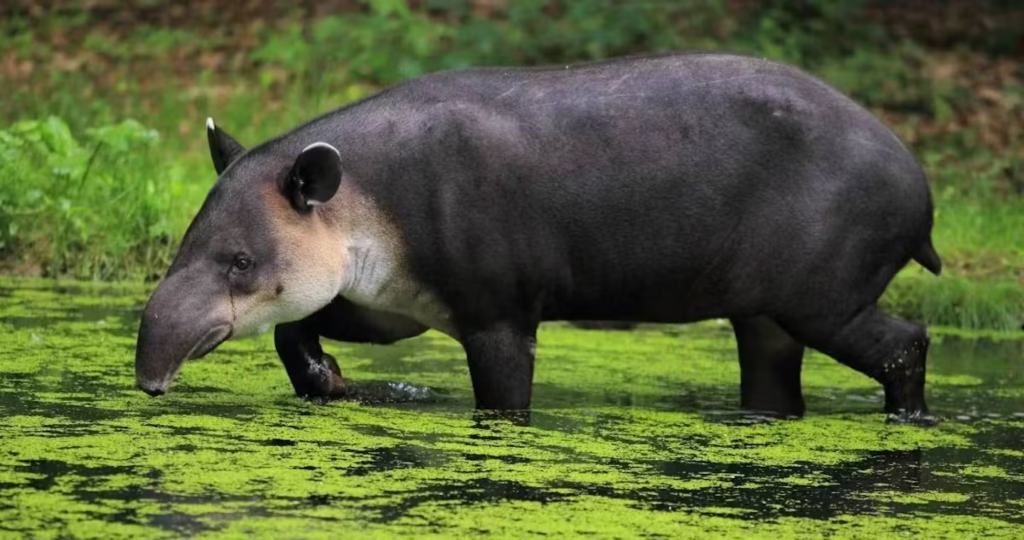
9. Horses: 11 to 12 Months
Horses experience a pregnancy duration of 11 to 12 months, ensuring foals are born capable of standing and walking soon after birth.
Why So Long?
- Foals must be strong enough to keep up with the herd shortly after birth.
- Their muscular and skeletal structures require extended development.
- Horses are prey animals, necessitating immediate mobility for survival.
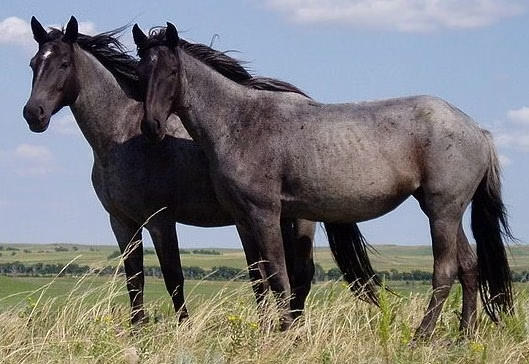
10. Manatee: 12 to 14 Months
Manatees, gentle aquatic herbivores, have a pregnancy duration of 12 to 14 months. Their slow reproductive rates make each birth significant.
Why So Long?
- Manatees give birth to well-developed calves capable of swimming at birth.
- Extended gestation supports lung and muscle development for aquatic life.
- The species’ slow reproductive cycle makes each birth crucial for conservation efforts.
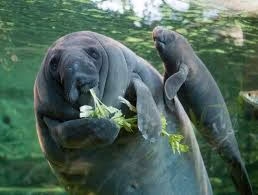
The mammals on this list exhibit long pregnancy durations that ensure their offspring are strong, capable, and prepared for survival. Whether it’s the enormous size of an elephant, the aquatic adaptations of a sperm whale, or the environmental resilience of a camel, these extended gestation periods play a vital role in reproductive success.
Understanding the reproductive cycles of these animals not only highlights nature’s incredible adaptations but also emphasizes the need for conservation efforts to protect species with slow reproductive rates. By studying and safeguarding these remarkable creatures, we contribute to the preservation of biodiversity worldwide.

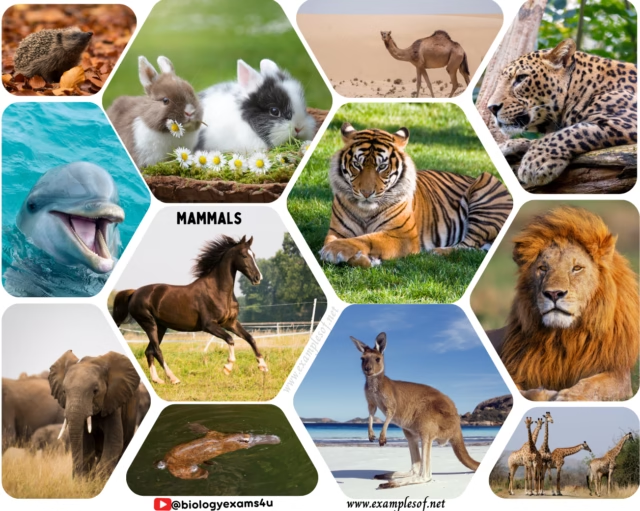





I don’t think the title of your article matches the content lol. Just kidding, mainly because I had some doubts after reading the article.
Thanks for sharing. I read many of your blog posts, cool, your blog is very good.